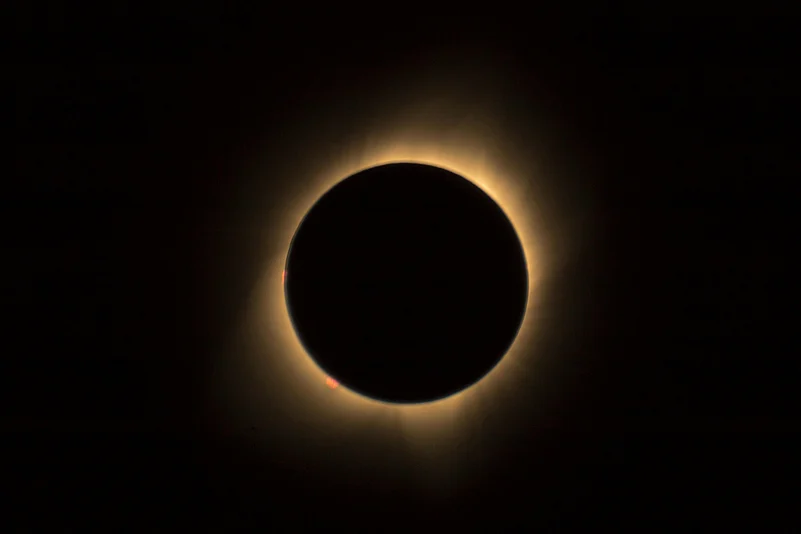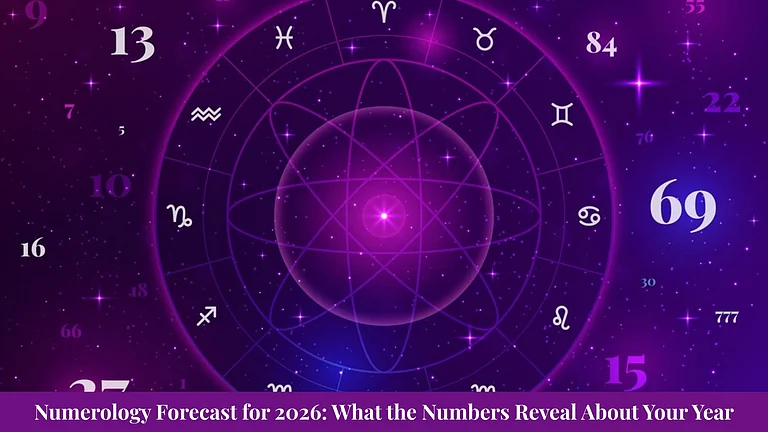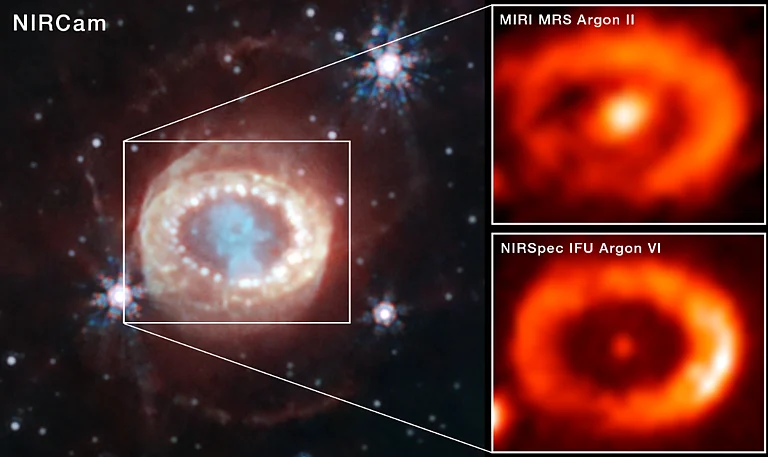There are around 43 days remaining until a total solar eclipse passes directly over multiple states.
April 8th will witness a total solar eclipse, where the moon's shadow, known as the Umbra, will traverse a narrow path across the Earth. This event will lead to the path of totality extending from Texas to Maine, ensuring that all 48 contiguous states will witness at least a partial solar eclipse on that day.
As per NASA, this year, approximately 31.6 million individuals reside within the path of totality, a significant increase from the 12 million within the path during the 2017 eclipse. Additionally, the duration of totality in the April eclipse will be longer compared to that of 2017.
Seven years ago, the longest period of totality occurred near Carbondale, Illinois, lasting for 2 minutes and 42 seconds.
The location that will experience the longest duration of totality during the eclipse will be approximately 25 minutes northwest of Torreón, Mexico, where it will last up to 4 minutes and 28 seconds.
In the United States, there will be areas with totality durations exceeding 4 minutes, stretching from Texas all the way north to Economy, Indiana, as reported by NASA. Even as the eclipse progresses into Canada, the central part of the path will still offer up to 3 minutes and 21 seconds of totality.

Highest Totality Durations For Total Solar Eclipse 2024
Here are some of the top cities with the highest totality durations, measured in minutes, according to information from the National Solar Observatory and Eclipse2024.org:
Uvalde, Texas - 4:15
Ingram, Texas - 4:25
Gatesville, Texas - 4:23
Sulphur Springs, Texas - 4:20
Idabel, Oklahoma - 4:18
Broken Bow, Oklahoma - 4:16
Atkins, Arkansas - 4:15
Hot Springs, Arkansas - 3:36
Little Rock, Arkansas - 2:21
Cape Girardeau, Missouri - 4:05
Jackson, Missouri - 4:10
Poplar Bluff, Missouri - 4:08
Wickliffe, Kentucky - 2:44
Henderson, Kentucky - 2:30
Vincennes, Indiana - 4:05
Carbondale, Illinois - 4:09
Evansville, Indiana - 3:02
Indianapolis, Indiana - 3:48
Bloomington, Indiana - 4:02
Forest, Ohio - 3:56
Upper Sandusky, Ohio - 3:55
Norwalk, Ohio - 3:54
Tiffin, Ohio - 3:52
Findlay, Ohio - 3:44
Dayton, Ohio - 2:42
Cleveland, Ohio - 3:49
Erie, Pennsylvania - 3:42
Niagara Falls - 3:30
Buffalo, New York - 3:45
Orchard Park, New York - 3:43
Rochester, New York - 3:41
Watertown, New York - 3:38
Burlington, Vermont - 3:14
Dixville Notch, New Hampshire - 2:47
Houlton, Maine - 3:20
Numerous online tools and maps are available to help individuals determine the duration of the eclipse in their vicinity. You can visit Eclipse2024.org and enter your city or town to access accurate timing information and simulations.
If you intend to observe the eclipse, it is imperative to possess certified solar glasses to ensure your safety.





























